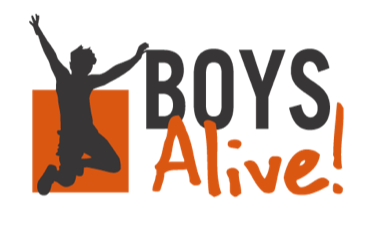Spelling Strategy
#1 Spelling Strategy
Have you noticed how some people seem to be ‘natural’ spellers? Maybe you are one.
When creative spellers ask them how they do it, they may say it just looks right without being able to explain why.
This Spelling Strategy is a playful way to learn to see words, which means you can spell them, too!
First, tell you child to imagine a screen about an arm's length in front of his forehead. This is a magical visual blackboard at forehead level and about arm’s length from the body. He can imagine the blackboard and the letters he’ll see on it to be any color or texture.
Begin with familiar, one- or two-syllable words.
You write the word on paper. If it is long, divide into syllables: pine-ap-ple. He looks at the word, remembering what it looks like.
He looks up to his forehead screen with closed eyes and see the word as written in #1. Spell the word backwards, out loud. Do this 3 times.
When he can spell it backwards comfortably, have him sound out the word while looking at the word on his “forehead screen.” This attaches the sound of the word to the picture of the word.
Spell the word from his forehead screen with his eyes closed, out loud, repeating as needed.
To solidify his learning and engage muscle memory, have him write the word with his finger on his thigh.
That’s it!
Some children find it very difficult to visualize internally.
Before attempting spelling words you could start with visualizing something fun, “Close your eyes and tell me what grandma’s dog looks like.”
Why spell backwards?
It is difficult to spell a word backwards unless you can actually see the word – which is the key to spelling correctly.
Try it with names, too!
#2 Spelling Strategy
After learning this strategy, a mom wrote to me, "Last night I tried the stepping-spelling strategy...AMAZING!!! I called 3 of my friends and told them about it. My son loved it and each word ended in a step to hug me!"
Some kids find writing and re-writing spelling lists an arduous process and so they begin to resist spelling homework.
For your active ones, try this strategy:
Say word out loud.
Then spell it: step forward on the consonants, and backward on the vowels.
Say the word again at the end.
So, STAIR would go like this: "Stair." "S" [1 step forward]; "T" [a second step forward]; "A" [one step backwards]; "I" [ a second step backwards]; "R" [ a step forward]. "Stair."
To increase the challenge, incorporate the strategy of envisioning the word, as explained in #1 Spelling Strategy above, and include spelling and stepping the word backwards.
#1 Strategy adapted from Rediscover the Joy of Learning
============================
*Join the Boys Alive! community below for updates and more.*

